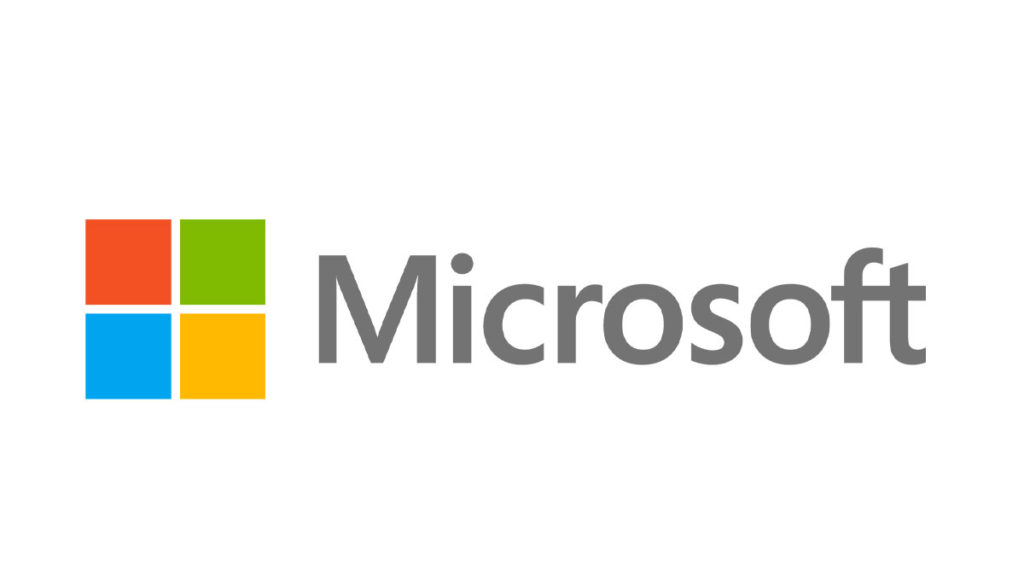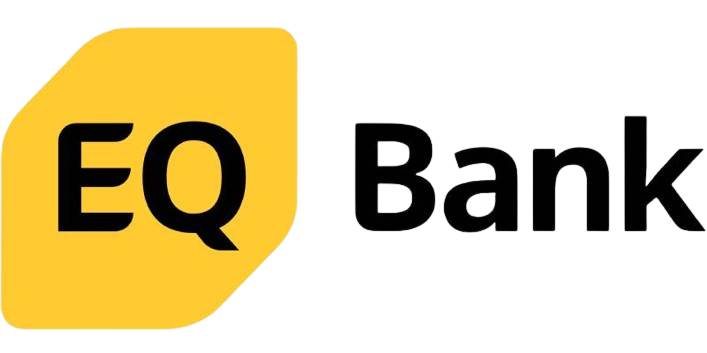
![]() EQ Bank
EQ Bank
Setting the standard for sustainable, low-carbon banking in Canada by embracing energy-efficient cloud services
Toronto, Canada

At a Glance
• First Schedule I bank in Canada to measure and disclose entire Scope 1, 2, and 3 emissions
• Enables 93.53 to 97.05% reduction in emissions by using Temenos banking cloud rather than on-premise infrastructure
• Achieved carbon neutral status for Scope 1 and Scope 2 greenhouse gas emissions
EQ Bank stands apart among Canadian banks by offering a simple, customer-centric approach to banking that enriches people’s lives. Founded in 2016, the digital-only bank serves more than 360,000 customers, and was named “Canada’s Best Bank” in 2021 and 2022 by Forbes Magazine. EQ Bank takes its responsibilities to customers and the wider community seriously, including in environmental, social, and governance (ESG) matters.
Andrew Moor, Chief Executive Officer at EQ Bank, explains: “We are increasingly focusing on building a robust ESG strategy, simply because it’s the right thing to do for the good of the environment and society at large. We are committed to doing as much as we can, as fast as we can, from creating an inclusive culture within the bank to planning and implementing effective procedures that improve our sustainability.”
Targeting carbon neutral status
During a review of existing ESG practices, EQ Bank found that its social and governance frameworks were aligned with industry best practices and federal regulations. However, the Bank identified an opportunity for improvement in its environmental strategy, and decided to focus more energy and resources on developing a more proactive approach to measuring its greenhouse gas emissions and tackling climate change.
Andrew Moor continues: “We were already fully paperless in our back office, and the only Schedule I bank in Canada to operate using a branchless business model, cutting our energy requirements. But we wanted to do more to reduce our emissions and find ways to achieve carbon neutral status. In the long term, we are aiming to move towards net zero, in line with the Canadian government’s commitment to achieve net zero emissions by 2050.”
Accessing trusted, reliable emissions data
One step in EQ Bank’s new environmental policy was making ESG a board-level priority, with the Governance and Nominating Committee now responsible for overseeing initiatives. Employees, too, are fully engaged in the program, with the Green Team, an Employee Resource Group, providing education on environmental sustainability to colleagues and offering feedback and suggestions to the Bank’s leadership.
To support the journey towards target setting, EQ Bank aimed to establish an accurate measure of its Scope 1, 2, and 3 emissions: direct emissions from its own operations, and indirect emissions generated by its partners, suppliers, and customers. This approach would ensure accountability and full disclosure of the Bank’s entire carbon footprint and provide a baseline for targeted reductions—but implementing it posed challenges.
“To create accurate calculations of our carbon footprint, we need access to high quality, comprehensive emissions data across our value chain.” adds Andrew Moor. “This becomes especially difficult for Scope 3 emissions, which cover emissions generated by activities that we finance, and goods and services we purchase. Engaging with our suppliers is therefore essential to ensure we work with trusted, reliable, and detailed data.”
In the effort to reduce emissions, EQ Bank also recognized that working with partners who place a similar emphasis on ESG issues would form an important part of its long-term success. For example, the Bank looks to embrace green technologies that help to optimize operating efficiency and minimize its infrastructure footprint.

Another ESG consideration is that customers and investors often now want to make an ethical decision when choosing their financial provider. By providing transparency on our emissions, we can satisfy their concerns and establish ourselves as a sustainability leader in the Canadian market.”
Andrew Moor, Chief Executive Officer at EQ Bank
Partnering with climate-conscious technology providers
An important component in the progress of EQ Bank’s ESG program has been its collaboration with Temenos, and its use of the Temenos banking cloud running on Microsoft Azure. In part, this reflects the willingness of Temenos and Microsoft to share data on their own emissions in the form of information dashboards, which have helped EQ Bank to calculate their Scope 3 emissions with accuracy.
“Temenos and Microsoft have been model partners to EQ Bank,” comments Andrew Moor. “They share our focus on ESG issues and readily provide a detailed breakdown of their carbon footprint whenever we request it. This ensures we can build a reliable picture of our Scope 3 emissions, without needing to rely on estimates.”
Crucially, using the Temenos banking cloud enables EQ Bank to increase its energy efficiency and reduce its greenhouse gas emissions. By migrating its on-premise version of Temenos core banking onto the Temenos banking cloud, EQ Bank became the first bank in Canada to host its core banking system in the cloud.
Microsoft research suggests that this cloud model is up to 93 percent more energy efficient, with 98 percent lower carbon emissions compared to traditional on-premise server deployments. And by harnessing the Temenos banking cloud, EQ Bank has achieved savings in 2021 of between 93.53 and 97.05 percent in metric tonnes of carbon dioxide emissions compared to running an on-premise alternative.
Leading the way among Canadian banks
Working with Temenos has also enabled EQ Bank to improve its ESG reporting and accountability. Accurate data on its infrastructure usage helps the Bank to build a complete picture of its environmental impact, which is now disclosed through a comprehensive Environmental, Social and Governance Performance report.

With the help of Temenos and Microsoft, we have calculated our full greenhouse gas emissions and increased our disclosure to the market. In 2021, we became the first Canadian Schedule I bank to measure and disclose our entire Scope 1, 2, and 3 emissions. We also achieved carbon neutrality for our Scope 1 and 2 emissions—proving that we are setting the agenda for sustainable banking disclosure in the sector.”
Andrew Moor, Chief Executive Officer at EQ Bank
Looking ahead to net zero
EQ Bank has also noticed that its focus on environmental sustainability has made a positive impression with customers, as Andrew Moor explains: “We saw a year-on-year increase of our customer base by 32 percent in March 2022. While this is not entirely due to our sustainability plan, we strongly believe that our focus on ESG strengthens our appeal. Customers know they are depositing their money with a bank that does the right thing.”
Moving forward, and as the quality of emissions data improves, EQ Bank intends to formulate specific, attainable reduction targets, with 2023 as the expected base year for its commitments. In time, the Bank also hopes to reach a position where it can set a realistic timeframe for achieving net zero status.

We are very proud of how far we have come in our sustainability journey in the past few years, and our work with Temenos and Microsoft has been a key part of our success. Using the Temenos banking cloud has been hugely helpful for understanding and reducing our carbon footprint, helping us to set the standard for responsible, low-carbon banking in Canada that others will hopefully follow.”
Andrew Moor, Chief Executive Officer at EQ Bank
We partnered successfully with

